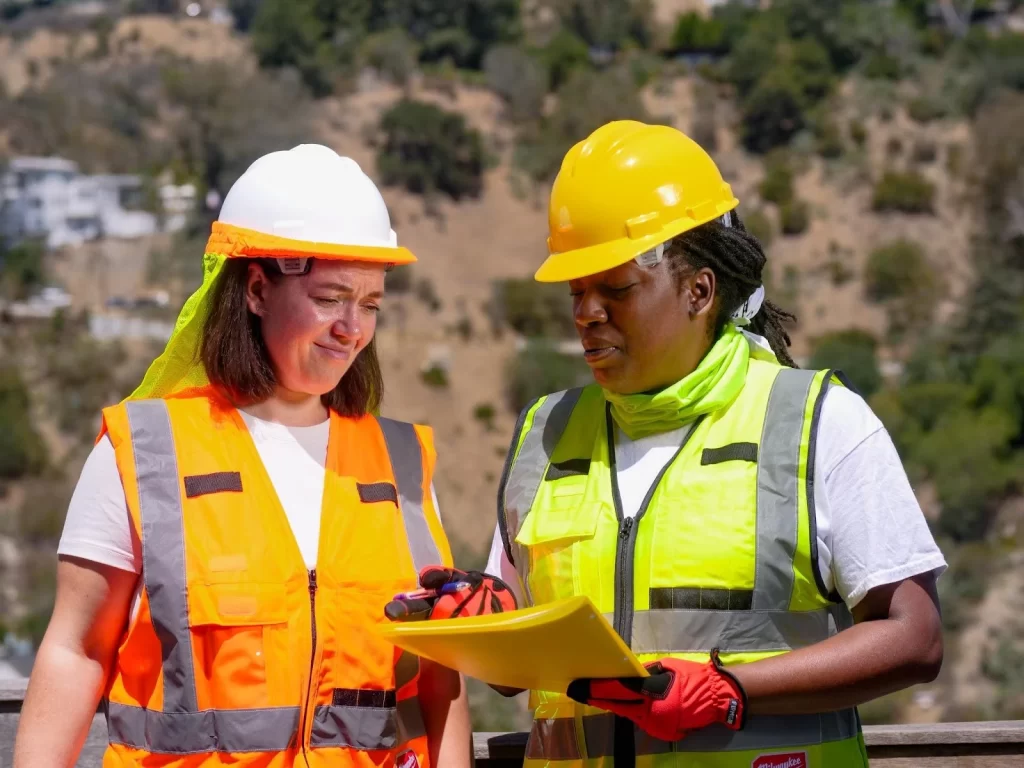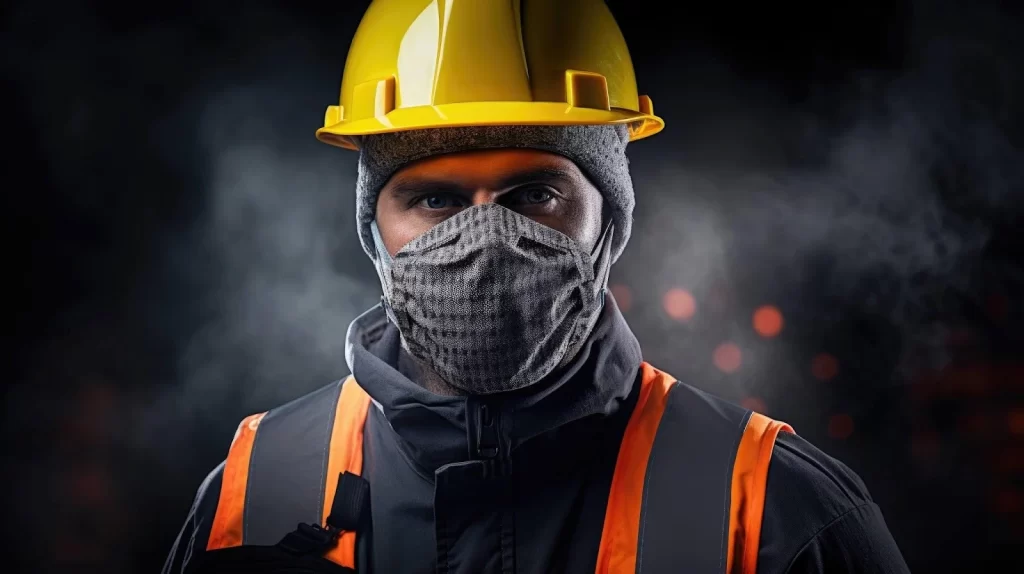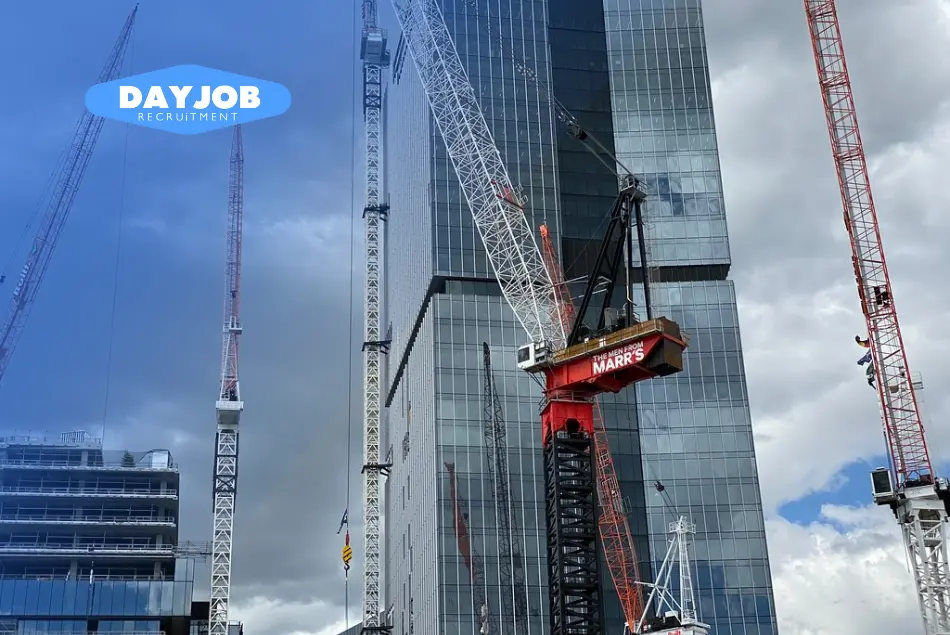No blue-collar worker should ever be at risk for occupational hazards. With the rise in industrial accidents nationwide, the need for workplace safety protocols in many blue-collar jobs has become increasingly important. This comprehensive guide provides a comprehensive overview of workplace safety protocols for blue-collar workers in Australia.
From understanding industry-specific regulations to ensuring proper protective equipment and training are provided, every step is covered to ensure a safe working environment. In addition, tips and advice for monitoring and enforcing safety protocols in the workplace are included.
With this guide, Australian employers can rest assured that their most valuable asset, their workers, is being taken care of.
Key Takeaways
- Workplace safety protocols are crucial for protecting blue-collar workers in high-risk jobs across Australia, from riggers to electricians.
- Employers have legal responsibilities under the Work Health and Safety Act 2011 to provide a safe work environment, including proper equipment maintenance and safety training.
- Workers have rights to a safe workplace and responsibilities, such as following safety procedures and reporting unsafe conditions.
- Industry-specific safety protocols address unique risks in sectors like construction and manufacturing, ensuring tailored protection measures.
- Fostering a culture of safety requires leadership commitment, continuous education, and open communication about safety concerns.
Top High-Risk Trade Jobs in Australia
Australia’s workforce is diverse, with various jobs that vary in terms of risk and responsibility. Particularly in trade work, some roles carry inherent dangers due to the nature of the tasks involved.
Here’s a look at some of the top trade jobs with high risks, ensuring that those in these professions know the potential hazards and the importance of stringent safety protocols.
- Riggers
- Miners
- Construction Labourers
- Metal Fabricators
- Electricians
- Roofers
- Structural Welders
- Foresters
- Telecommunications Technicians
These roles are essential to Australia’s economy and infrastructure but come with significant risks. Employers must ensure that workers in these high-risk trade jobs are provided with comprehensive safety training and the correct equipment and that they enforce WHS laws to protect their workforce.
Additionally, workers should be aware of their rights to a safe work environment and the workers’ compensation available to them under Commonwealth jurisdiction.
Employer Responsibilities under WHS

In Australia, the safety of the workplace is fundamentally the responsibility of the employer. The Work Health and Safety Act 2011 outlines employers’ specific duties to ensure a secure working environment. These responsibilities are legal obligations critical to any business’s sustainability and ethical standing. Here is a breakdown of these key responsibilities:
List of Employer Responsibilities
Provision of a Safe Work Environment:
- Ensure the workplace is free from hazards.
- Maintain equipment and infrastructure to prevent accidents.
Maintenance of Machinery and Structures:
- Regularly inspect and service machinery.
- Ensure structures are sound and secure.
Development of Safe Work Procedures:
- Create clear, practical procedures for all tasks.
- Update procedures as new risks are identified.
Training and Supervision:
- Provide comprehensive training for all employees.
- Supervise workers to ensure procedures are followed.
Health Monitoring and Workplace Conditions:
- Conduct health surveillance where risks are identified.
- Assess and control workplace conditions, such as air quality and noise levels.
Emergency Preparedness:
- Implement and regularly test emergency plans.
- Provide adequate first aid facilities and trained personnel.
Consultation with Workers:
- Involve employees in safety decisions and risk assessments.
- Encourage feedback and suggestions for improving safety.
Interested in how we can support your role as an employer? Click below to learn more.
Worker Rights and Responsibilities

While employers must provide a safe working environment, workers also play a crucial role in maintaining workplace safety. The Work Health and Safety Act 2011 empowers workers with certain rights and bestows them essential responsibilities. Understanding and exercising these rights and responsibilities is necessary for the well-being of all workers.
List of Worker Rights and Responsibilities
Right to a Safe Work Environment:
- Work without exposure to hazards.
- Access safety equipment and appropriate facilities.
Responsibility to Comply with Safety Procedures in the Workplace:
- Follow safety instructions and procedures.
- Use personal protective equipment as required.
Right to Training:
- Receive training in health and safety matters.
- Be informed about the risks associated with their work.
Responsibility to Report Unsafe Conditions:
- Report any hazards or incidents immediately.
- Participate in safety audits and provide honest feedback.
Right to Consultation:
- Be consulted on matters affecting their health and safety.
- Contribute to the decision-making process regarding WHS matters.
Responsibility to Take Care of Personal Health and Safety:
- Ensure personal actions do not harm themselves or others.
- Maintain a level of fitness and health required for safe work performance.
Right to Representation:
- Be represented by a health and safety representative.
- Request the establishment of a health and safety committee.
Industry-Specific Safety Protocols
Each industry has particular requirements, risks, and challenges. Recognizing and addressing these risks with specific safety protocols is crucial to maintaining a safe workplace. Implementing tailored safety measures is essential in blue-collar sectors such as construction and manufacturing, where physical tasks are prevalent.
Common Risks in Blue-Collar Industries
- Construction sites are often prone to risks such as falls from heights, moving objects, and structural collapses.
- Manufacturing plants may face hazards from machinery malfunctions, chemical exposure, and repetitive motion injuries.
Safety Protocols for Handling Machinery, Hazardous Substances, and Manual Labor
- Machinery should be regularly inspected and maintained, and workers must be trained on safe operation procedures.
- Hazardous substances must be correctly labelled and stored, and Material Safety Data Sheets (MSDS) should be accessible to all workers.
- Manual labour requires training in proper lifting techniques and providing assistive equipment to prevent musculoskeletal injuries.
Emergency Response Procedures and First Aid
- A clear emergency response plan should be established, communicated to all workers, and practised through regular drills.
- First aid kits must be readily available, and staff should be trained in first aid to handle common injuries associated with the industry.
Managing Work in Extreme Conditions
Working in extreme conditions poses additional risks, and managing these effectively is key to safeguarding workers. Being prepared is non-negotiable, whether it’s the scorching heat of the Australian summer or the unexpected cold snaps.
Protocols for Working in Extreme Weather
- Employers must monitor weather forecasts to plan work schedules around extreme conditions where possible.
- During hot weather, adequate shelter, hydration, and rest breaks should be provided.
- Insulated clothing and warm shelters should be available for workers during cold conditions.
Heat-related Illness and Cold Stress: Prevention and Response
- Training should be provided to recognize the signs of heat-related illnesses and cold stress.
- A buddy system can be effective in monitoring signs of distress in workers.
- Quick response strategies, including first aid and emergency medical care, should be in place.
Safety Measures for Outdoor and Remote Work Sites
- Remote work sites require a communication plan to ensure workers can contact emergency services.
- Outdoor workers should have access to weather-appropriate personal protective equipment (PPE).
- Risk assessments should be conducted regularly to adapt to changing environmental conditions.
Creating and Maintaining a Safety Culture
The Role of Leadership in Fostering a Safety Culture
Leadership is the cornerstone of a robust safety culture. Management’s responsibility is to lead by example, demonstrating a commitment to safety in every action and decision. This involves compliance with all WHS laws and regulations and going beyond them to proactively identify and mitigate risks. Leaders should regularly engage with their teams, participate in safety training, and visibly support safety initiatives.
Safety Training Programs and Continuous Education
Continuous education is vital to maintaining a safety culture. Safety training programs should be comprehensive, covering the basics for new employees and advanced training for specific roles. Regular refresher courses ensure that safety remains in workers’ minds and that unknown risks or procedures are communicated effectively. This training should be interactive and engaging, encouraging participation and retention of information.
Encouraging Reporting and Open Communication About Safety Concerns
A safety culture thrives on open communication. Workers should feel empowered to report safety concerns without fear of reprisal. Establishing clear reporting protocols, recognizing individuals who contribute to safety improvements, and holding regular meetings to discuss safety can foster an environment where everyone feels responsible for safety.
How to be Legally Compliant and Up-to-Date
Staying Informed About Changes in WHS Laws and Regulations
The Australian workplace compliance guide highlights the dynamic nature of the WHS landscape, where laws and regulations are frequently updated. Employers must stay informed through avenues such as subscribing to industry newsletters, attending WHS seminars, and participating in industry groups to ensure compliance with the latest changes.
Record-keeping and Documentation for Compliance
Accurate record-keeping is both a legal requirement and a practical tool for managing safety following the Australian workplace compliance guide. Documentation should encompass incident reports, risk assessments, training records, and safety meeting minutes. These records not only provide evidence of compliance but also assist in managing risks and identifying trends and areas for improvement.
Resources for Ongoing WHS Education and Updates
Resources such as online databases, government publications, and industry associations can provide ongoing education and updates. Reviewing these resources regularly ensures that the latest safety standards are being met and that the business is at the forefront of WHS practices.
Conclusion
It is a collective journey, a shared responsibility between employers and workers, to uphold Australia’s Work Health and Safety (WHS) standards. The commitment to creating a safe working environment is not just about adhering to laws and regulations but valuing human life and well-being above all else. Each protocol, each measure, and each training session contributes to a culture where safety is ingrained in every task and decision.
The Role of Dayjob Recruitment in Championing Workplace Safety
Dayjob Recruitment stands at the forefront of this mission, not just as a recruitment specialist but as a workplace safety champion. We understand that the right job is not only about the perfect fit in skills and culture but also about ensuring every worker steps into their position in a safe and secure environment. Our dedication to connecting workers with employers who share this vision of safety is unwavering. Get in touch with us today!
Are you a job seeker looking for your next big opportunity? Click below to see how we can assist you in finding the perfect role.
FAQs
What is the difference between blue-collar and white-collar workers regarding workplace safety?
Blue-collar workers typically perform manual labour and are often paid hourly, which can involve more physical risks than white-collar workers who generally work in office settings. While occupational health and safety work laws apply to all workers, blue-collar job roles may require more rigorous safety protocols due to the nature of their work, such as operating machinery or working at heights.
Why is ‘blue-collar’ used to describe specific jobs?
The term ‘blue-collar’ is derived from the early 20th-century practice where workers in the industrial or manual sectors wore durable fabrics, often blue denim or heavy cotton, to withstand the physical nature of their work. This term has evolved to represent the manufacturing, construction, and maintenance working class.
How does the Commonwealth jurisdiction enforce WHS laws for blue-collar workers?
In Australia, the Commonwealth jurisdiction enforces WHS laws through the harmonized Work Health and Safety Act, which is implemented in most territories and states. This framework ensures that all businesses provide a safe work environment, with specific regulations tailored to the risks associated with blue-collar jobs.
What should job seekers know about workers’ compensation in blue-collar roles?
Job seekers looking for a blue-collar job should know that Australian law mandates employers to provide workers’ compensation. This is a form of insurance that provides wage replacement and medical benefits to employees injured in the course of employment.
Are safety work health protocols the same for all industries?
Safety work health protocols vary across industries, especially between blue-collar and white-collar sectors. Blue-collar workers face specific risks that require tailored safety measures, such as personal protective equipment and stringent emergency response procedures.
How can workers ensure they work under the correct Commonwealth jurisdiction for their safety?
Workers can be protected under the correct Commonwealth jurisdiction by verifying that their employer adheres to the Work Health and Safety Act 2011. They can also consult with health and safety representatives or legal advisors familiar with occupational health and safety laws.
What is the role of workers’ compensation in supporting the working class?
Workers’ compensation is crucial in supporting the working class by providing financial and medical support to workers who suffer work-related injuries or illnesses, ensuring they do not bear the total cost of workplace hazards.
How are blue-collar workers paid, and does this affect their safety coverage?
Blue-collar workers are typically paid hourly, which does not affect their entitlement to safety coverage. Regardless of payment structure, employers are required to provide a safe working environment and comply with WHS laws.
Is your company ready to find the right talent?








